In a world where refrigerators are a common household appliance, it’s surprising to learn that bad storage practices still lead to an immense amount of food waste. Astonishingly, 40% of all food in America is wasted, having a negative impact on the environment as well as household budgets.
It’s estimated that a four-person family may lose at least US $1500 a year to wasted food. The good news is that there are many simple ways to keep mouthwatering fruits and vegetables from spoiling. Keep reading to discover nine nifty hacks to keep food fresh, with or without a fridge!
Table of Contents
Monitor your fridge’s temperature levels
Understand your fridge’s compartments
Unlock your freezer’s potential
Make use of your cupboards
Avoid washing fresh produce
Preserve food freshness with biodegradable film
Wrap perishable foods in ziplock bags
Prevent oxidation with greaseproof paper
Extend the shelf life of perishables with dry ice packs
3 factors to keep in mind when storing perishable foods
1. Monitor your fridge’s temperature levels

When it comes to keeping food fresh, your refrigerator’s temperature is the most critical factor. Maintaining the right temperature not only ensures that dairy products, meat, and other perishable food items stay fresh but also helps to keep bacteria growth in check.
Setting the refrigerator’s temperature between 2-4°C (35-40°F) provides an optimal environment for preserving a food’s freshness. However, it’s crucial to avoid over-stuffing the fridge; when a refrigerator is packed to the brim, air circulation is restricted, which can lead to uneven cooling.
Thankfully, modern refrigerators equipped with intelligent temperature control systems can maintain stable temperatures effortlessly, ensuring no corner of the fridge is too warm or too cold.
2. Understand your fridge’s compartments
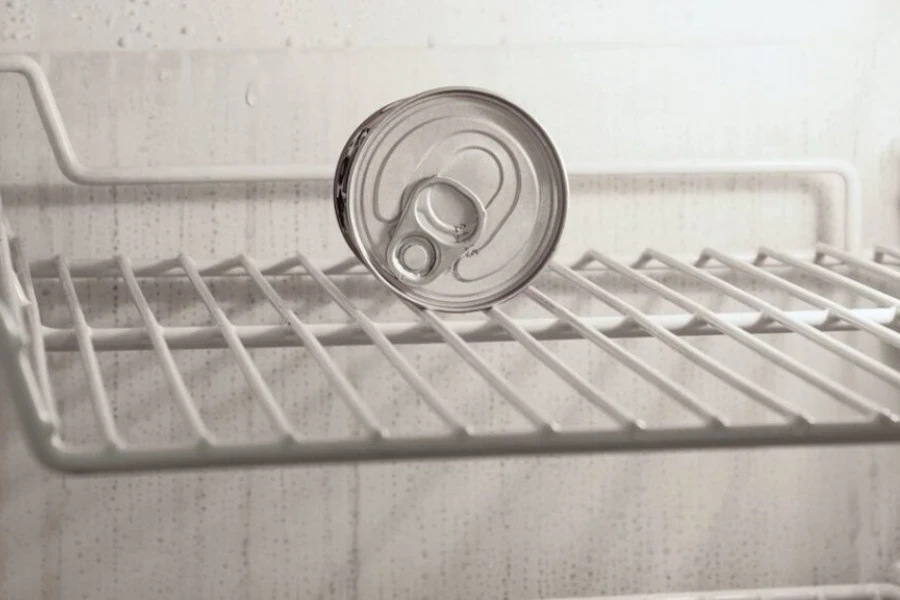
To ensure the freshness of groceries and leftovers, it’s essential to understand your refrigerator’s different compartments. Here’s a handy guide to help consumers maximize food freshness and minimize waste:
- Crisper drawers: These compartments provide the ideal environment for maintaining freshness and preventing early spoilage of fruits and vegetables
- High-humidity drawers: Store wilt-prone produce like lettuce in high-humidity drawers helps to retain their moisture and freshness
- Low-humidity shelves: Store mold-prone produce like bananas, onions, and potatoes on low-humidity shelves to enhance air circulation and delay molding
- Refrigerator door: Reserve the fridge’s door (which tends to be warmer) for long-lasting condiments, and avoid storing perishables like milk and leftovers there, as they need a colder space to remain fresh
3. Unlock your freezer’s potential
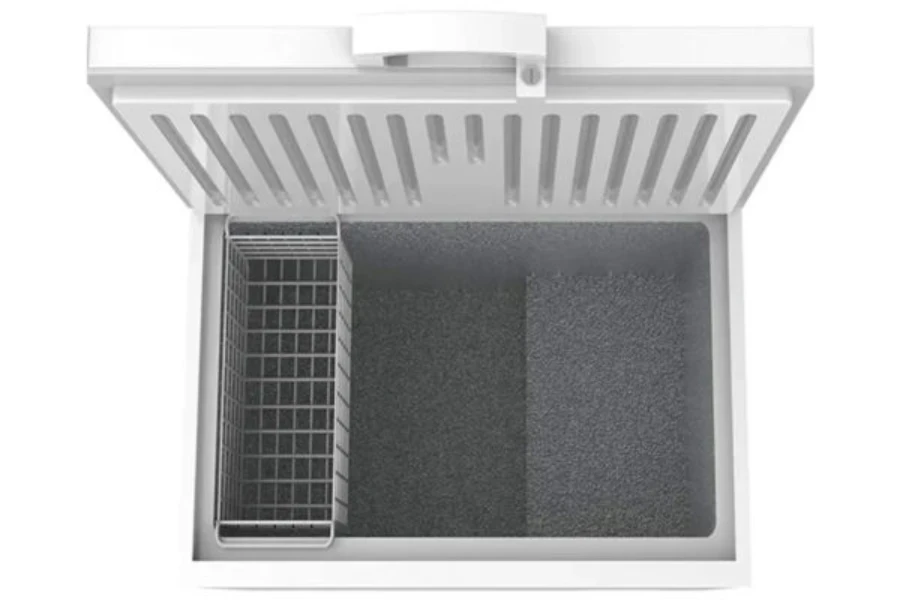
Freezers, designed to maintain a temperature of -18-23°C (0-10°F), preserve the structure of fragile foods by using cold to slow down the rate at which they rot. Within this temperature range, foods retain their texture, flavor, and nutritional value, ensuring that even the most delicate items remain fresh and safe to consume.
By simply stashing leftovers in plastic bags or airtight containers, consumers can turn their freezer into a goldmine of delicious meals waiting to be enjoyed. Everything from veggies and meats to tasty baked treats can stay in tip-top shape for weeks or even months without losing their freshness.
4. Make use of your cupboards

Utilizing cupboards offers a straightforward and efficient solution to maintaining the freshness and safety of foods stored at room temperature. These cool, dry spaces create an optimal place to preserve a range of dried goods, including beans, herbs, and spices.
When people store perishable items in cupboards, they protect them from the detrimental influence of heat, light, and moisture. This storage approach safeguards the natural flavors, textures, and nutrients found in these ingredients, ultimately contributing to safer, more nutritious meals.
5. Avoid washing fresh produce
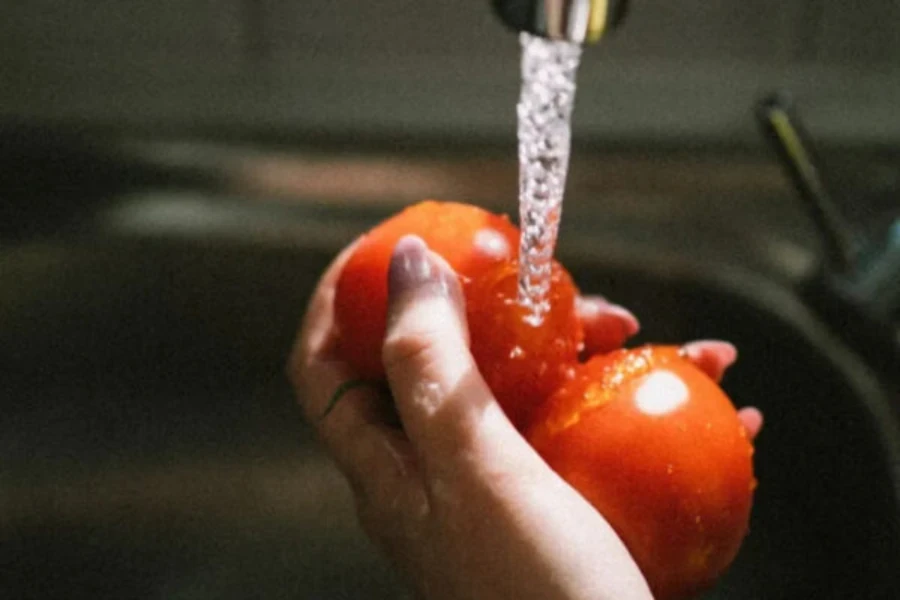
Many people believe that washing produce is a way to keep it fresh but, actually, this practice can cause fruits and vegetables to spoil more quickly. The excess moisture created during the washing process can encourage bacterial growth and hasten spoilage. This is especially true for delicate fruits like berries, which can become mushy and inedible if exposed to excess moisture.
A helpful hack to prolong the freshness of fruits and vegetables is to store them unwashed and wrapped in paper towels. Paper towels serve a dual purpose: they absorb any residual moisture on the produce, preventing mold growth, while also maintaining a barrier between the fruits and vegetables and any contaminants in the refrigerator or on the storage surface.
6. Preserve food freshness with biodegradable film
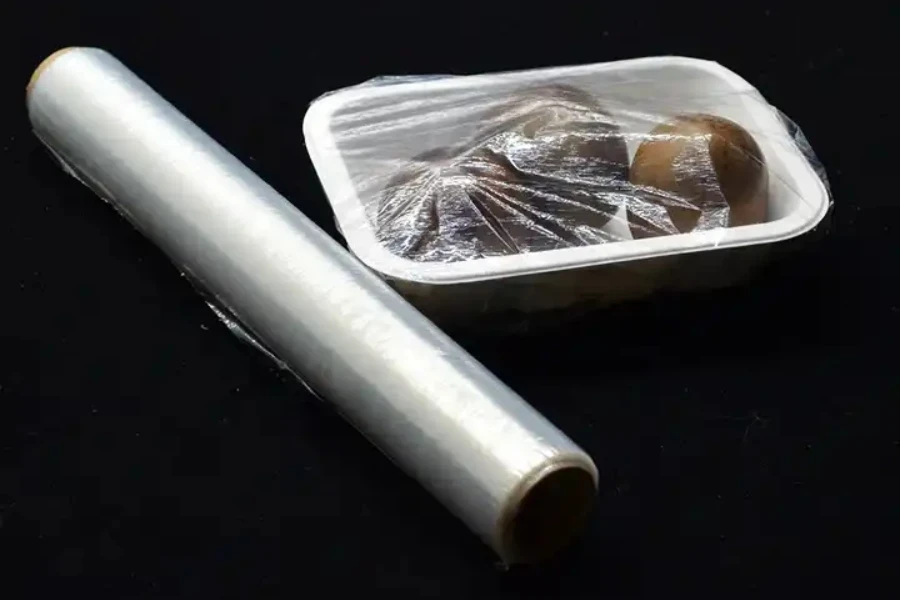
Biodegradable films offer an excellent solution for keeping food fresh, particularly for eco-friendly consumers looking to steer clear of plastic packaging. These versatile films not only fend off bacteria but also stop moisture from infiltrating food items like bread and leftovers.
Another sustainable trick for preserving food freshness is by wrapping them with edible films. Crafted from natural components such as vegetable oils, starches, and proteins, these films help prolong the shelf life of fruits and vegetables. They work by keeping bacteria at bay and minimizing moisture loss.
These food-grade packaging techniques are perfect for maintaining the freshness of produce over extended periods, all the while eliminating concerns about harmful chemicals seeping into the food.
7. Wrap perishable foods in ziplock bags
Mold and moisture both have a knack for infiltrating our favorite foods, rendering them inedible before we have a chance to savor every last bite. Ziplock bags provide a reliable barrier against these contamination factors.
These airtight bags feature an impermeable sealing mechanism, effectively excluding moisture and inhibiting contamination by microbes. You can even add a desiccant bag to the sealed package to help remove oxygen, reducing the rate of chemical reactions within and slowing the chemical processes that lead to spoilage.
8. Prevent oxidation with greaseproof paper
When food is exposed to oxygen, oxidation occurs, which can cause food to spoil and lose its flavor. Some moisture-sensitive foods, like dairy products and specific kinds of fish, are more vulnerable to the harmful effects of oxidation. If these foods are left unwrapped or out in the open air for an extended period, they can turn rancid and deteriorate quite rapidly.
Greaseproof paper, a type of thick waxed paper, serves as an excellent barrier against oxygen and moisture. By enveloping food items with this impermeable layer, the chance of oxidation is significantly reduced. Moreover, a thin layer of grease or oil will help deter water absorption by forming an invisible barrier between the paper and the food or dishware.
9. Extend the shelf life of perishables with dry ice packs
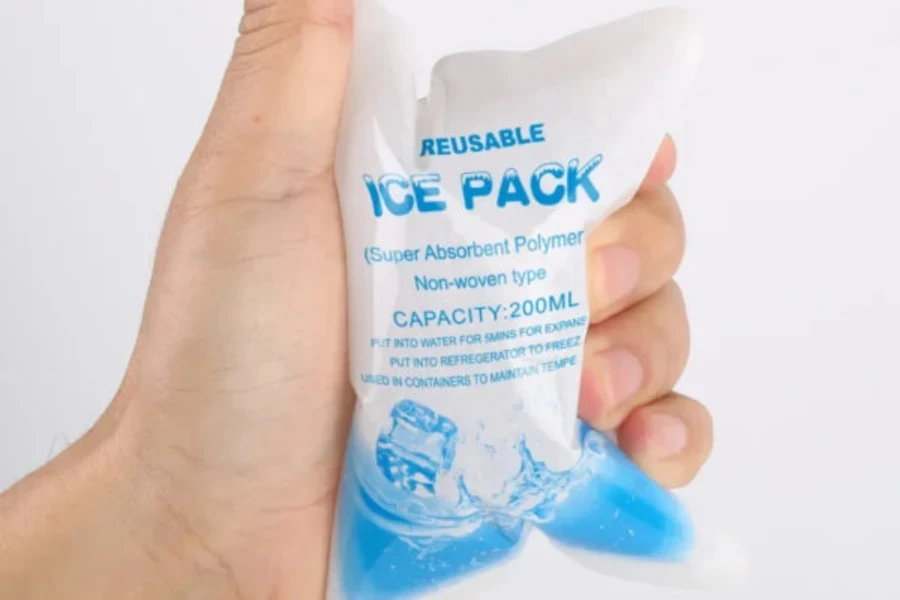
Dry ice packs are made from carbon dioxide, which does not have a liquid state at normal atmospheric pressure, therefore sublimating directly from the solid state to the gas state. This phenomenon not only absorbs heat but also generates a refreshing cooling effect. As a result, it’s a great tool for anyone without access to refrigeration or in regions where keeping food fresh may be challenging.
Besides their impressive cooling properties, dry ice packs don’t leave a watery mess behind. While traditional ice packs tend to melt and leave condensation behind, dry ice packs ensure that food packages remain dry and spotless. As a result, they are particularly handy for transporting temperature-sensitive foods during picnics, camping excursions, and beach outings.
3 factors to keep in mind when storing perishable foods
At the end of the day, keeping food fresh is all about controlling three factors:
- Temperature
- Moisture
- Oxygen
Whether you use an airtight container or store food in a temperature-controlled refrigerator, knowing how to control these three factors helps to keep perishable foods fresh for longer. Discover more eco-friendly packaging solutions like these and many more at Alibaba.com.



